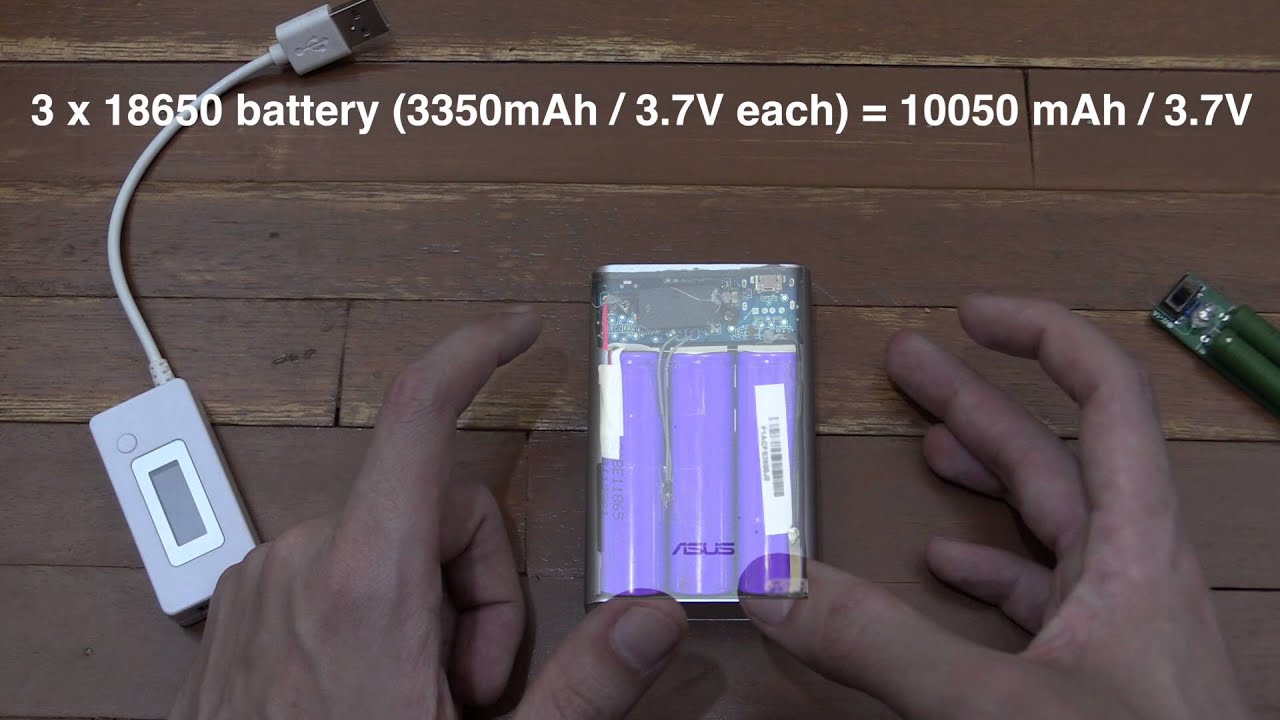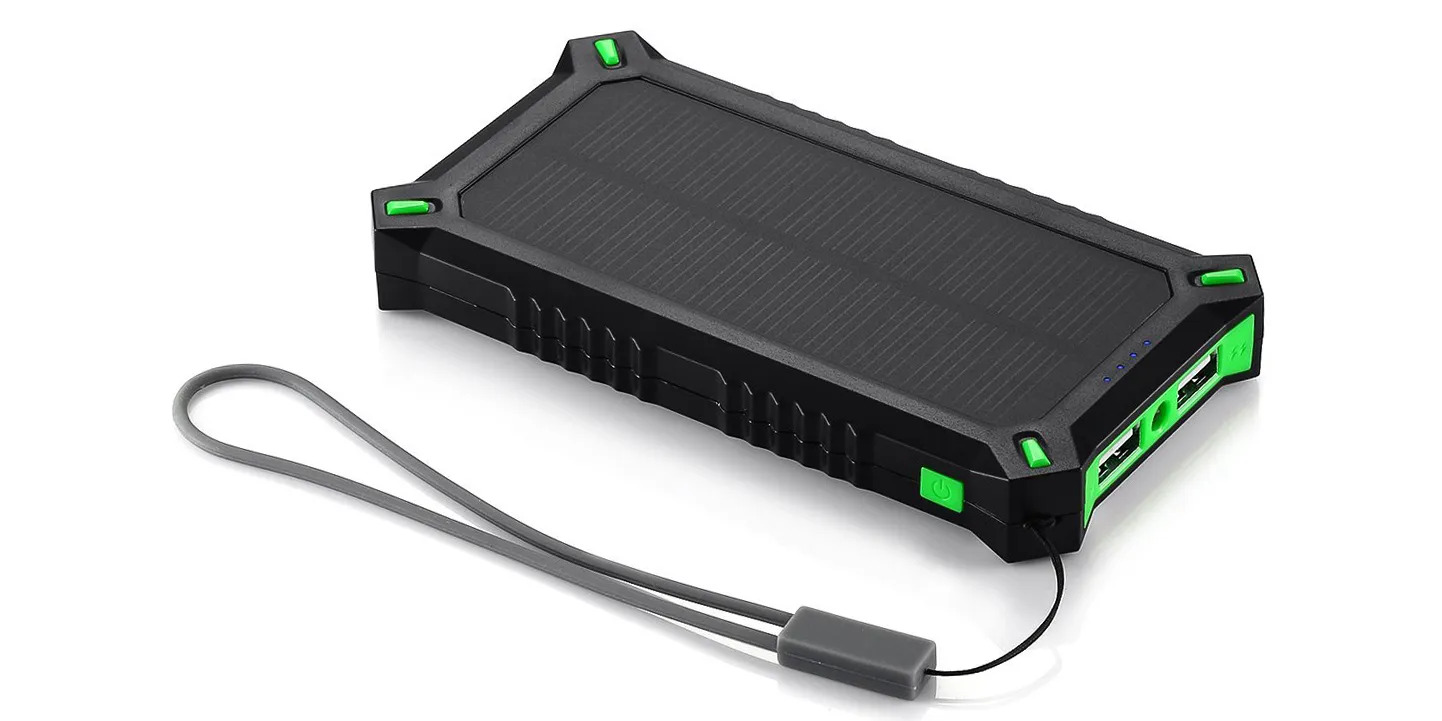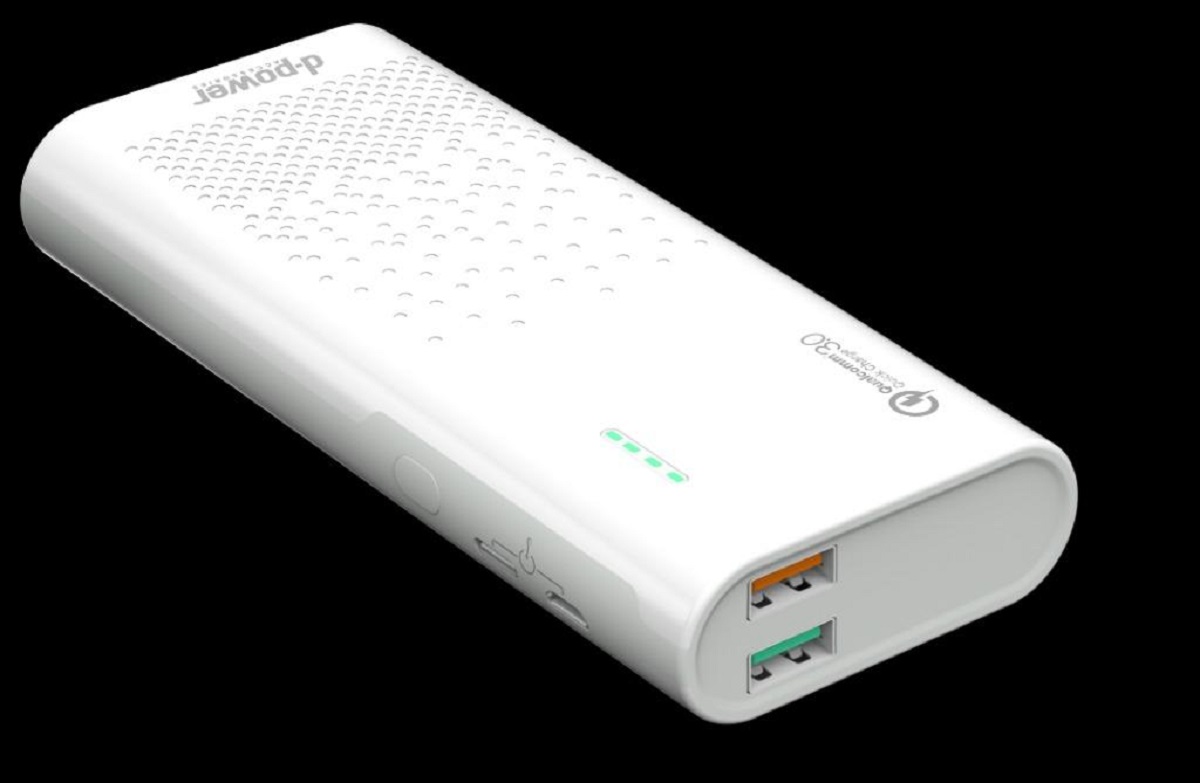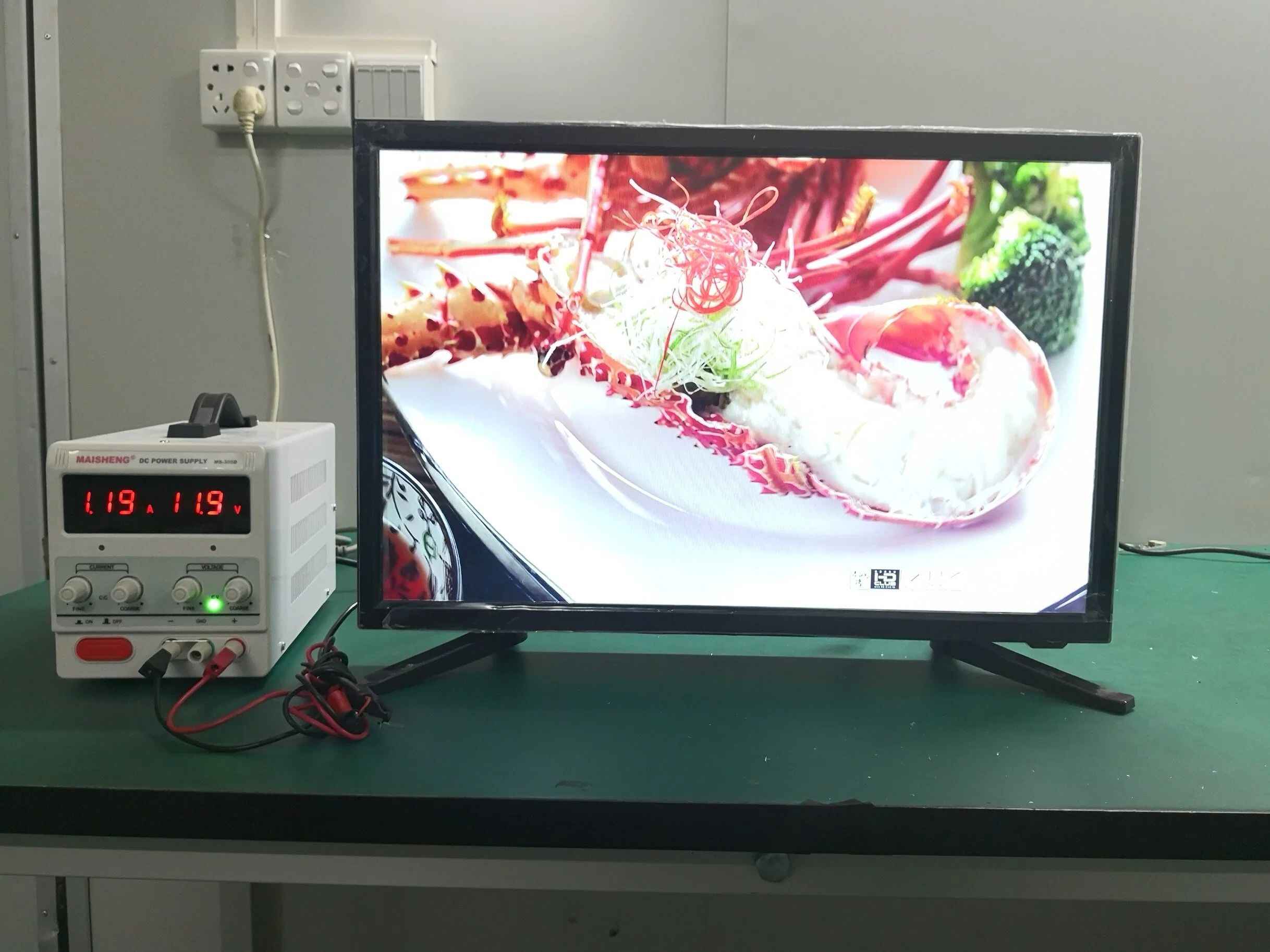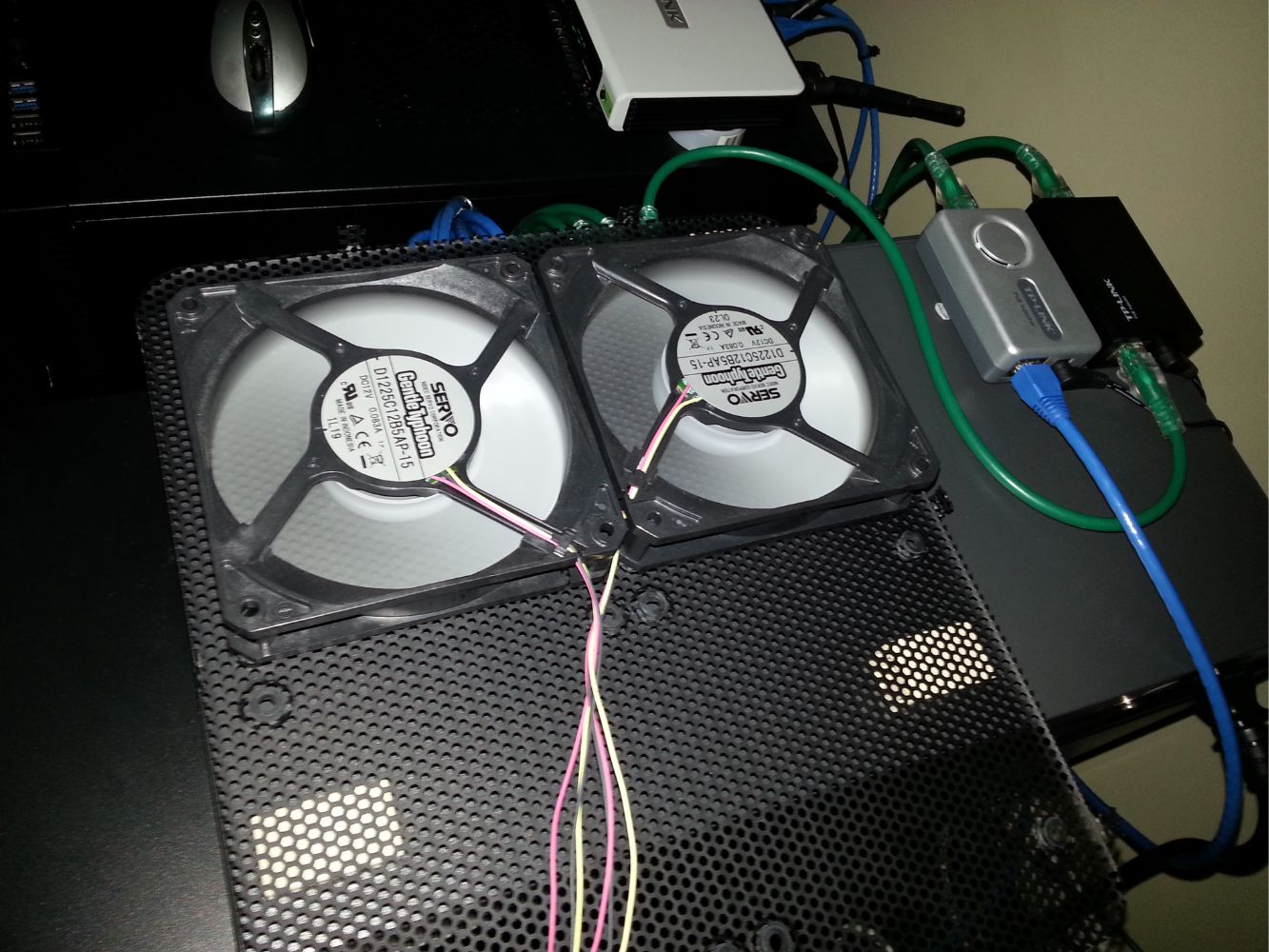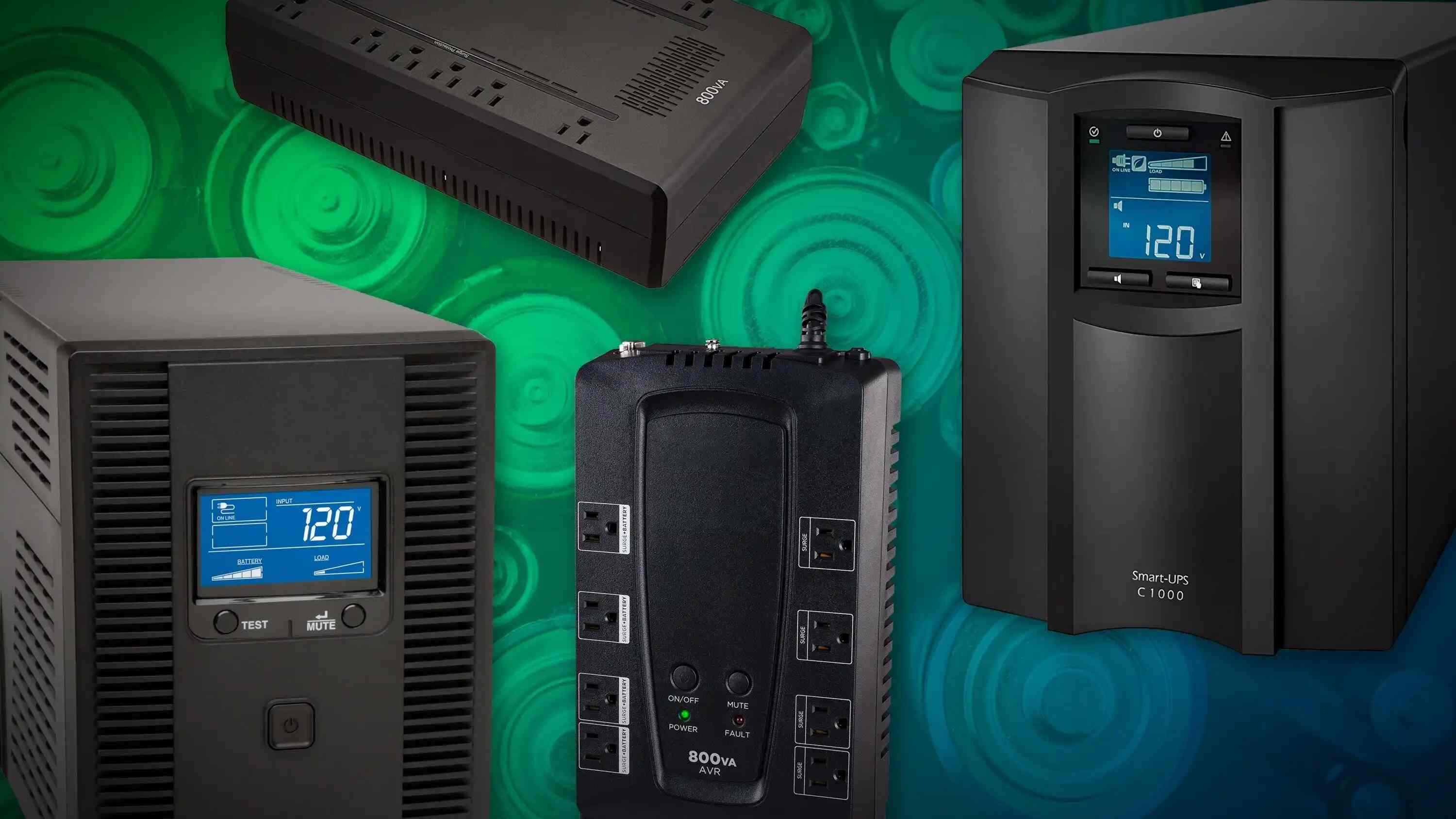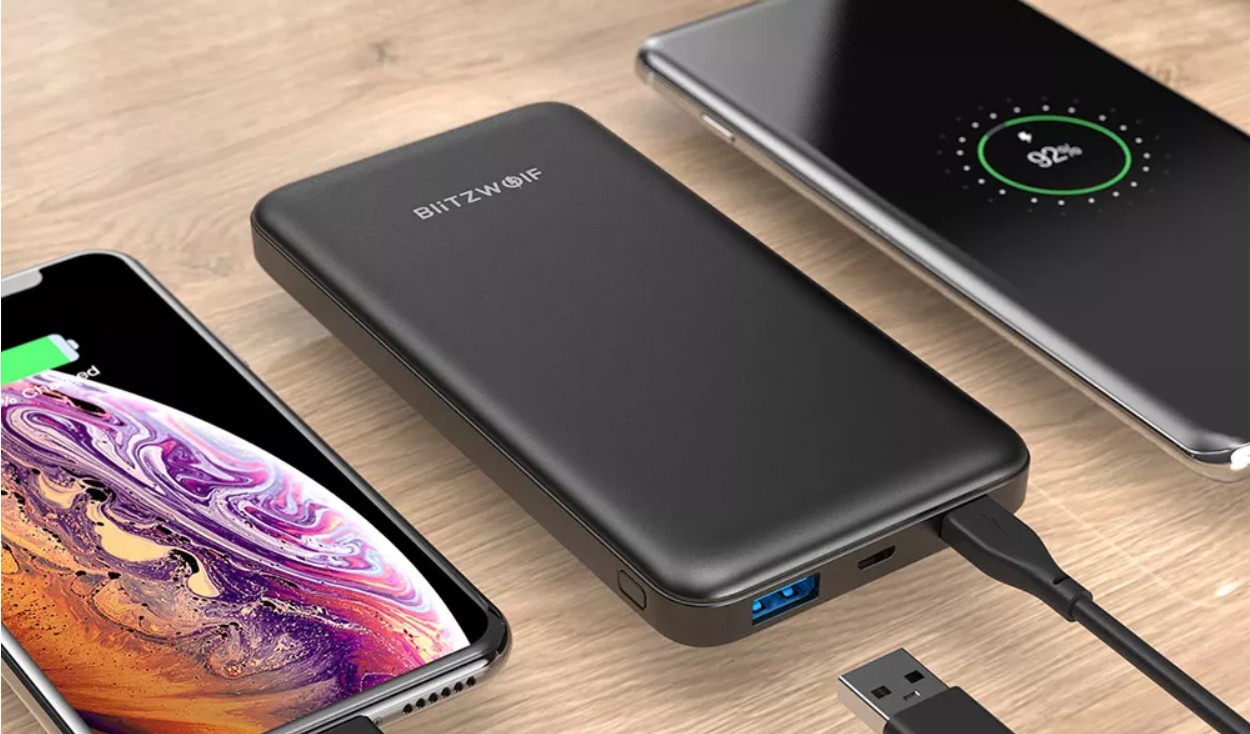Introduction
Welcome to our comprehensive guide on how to calculate the Wh (Watt-hours) of a power bank. With the increasing reliance on portable electronic devices such as smartphones, tablets, and laptops, having a reliable power source on-the-go has become essential. Power banks have emerged as a popular solution, providing a convenient way to recharge our devices while we’re away from electrical outlets.
Understanding the Wh capacity of a power bank is crucial in determining its overall performance and compatibility with your devices. Wh is a unit of energy that represents how much power the power bank can deliver over time. Whether you’re looking to purchase a new power bank or simply want to know how much power your current one can provide, this guide will walk you through the process of calculating the Wh capacity.
In this guide, we will explain what power banks are and the significance of Wh in relation to their performance. We will then dive into the step-by-step process of accurately calculating the Wh capacity of a power bank. By the end of this guide, you will have a clear understanding of how to assess the energy capacity of a power bank and make an informed decision based on your specific needs.
Ready to unlock the mystery behind power bank Wh capacity? Let’s get started!
What is a Power Bank?
A power bank, also known as a portable charger, is a portable device that stores electrical energy and provides a convenient way to recharge your electronic devices on the go. It consists of a battery pack and various circuitry that allows it to store and deliver power to your devices.
Power banks come in various shapes, sizes, and capacities to cater to different needs. They are equipped with one or more USB ports that allow you to connect your devices using a compatible charging cable. Some power banks also feature additional ports such as USB-C or Lightning, providing versatility for charging a range of devices.
The capacity of a power bank is measured in milliampere-hours (mAh) and represents the amount of charge it can hold. The higher the mAh rating, the more charge the power bank can store, and thus, the more times it can recharge your devices. Power banks are available in a wide range of capacities, from as low as 2,000mAh for small and lightweight options, to more than 20,000mAh for high-capacity models.
Power banks can be a lifesaver in situations where you have limited or no access to a power source. Whether you’re on a long flight, attending outdoor events, or simply away from electrical outlets, a power bank provides a portable and reliable solution to keep your devices charged and functional.
It’s important to note that power banks themselves need to be charged, usually through a USB connection to a power source such as a wall adapter or a computer. Once charged, the power bank becomes a portable power source that you can carry with you and use to charge your devices whenever needed.
Now that we have a basic understanding of what a power bank is, let’s explore the significance of Wh in relation to power banks and why it’s important to calculate the Wh capacity of a power bank.
What is Wh?
Wh, short for Watt-hours, is a unit of measurement used to quantify the amount of energy a power bank can store and deliver. It represents the power (in Watts) multiplied by the time (in hours) that the power can be sustained. Essentially, Wh measures the capacity of a power bank and indicates how much energy it can provide to charge devices.
In simple terms, if a power bank has a capacity of 10,000mAh and a voltage of 3.7V, the Wh can be calculated by multiplying the two values:
Wh = (mAh / 1000) * Voltage
Using the above example, the calculation would be:
Wh = (10,000mAh / 1000) * 3.7V = 37Wh
It’s important to note that Wh represents the total capacity of the power bank, regardless of the number of devices it can charge or the number of times it can fully charge a specific device. It provides a standardized measurement that allows you to compare the energy capacity of different power banks accurately.
When considering the Wh capacity of a power bank, it’s essential to understand that the actual usable capacity will be slightly less than the calculated Wh. This is because there are energy losses during the charging and discharging process due to heat dissipation, circuit inefficiencies, and other factors. These losses are typically indicated using a term called efficiency.
Now that we have a clear understanding of Wh and how it measures the capacity of a power bank, let’s explore why Wh is important in the context of power banks.
Why is Wh Important in a Power Bank?
Wh (Watt-hours) is a crucial factor to consider when evaluating the performance and capabilities of a power bank. It provides valuable information about the energy capacity of the power bank and determines how long it can power your devices.
One of the main reasons why Wh is important is because it helps you understand the total charge that a power bank can deliver. Knowing the Wh capacity allows you to estimate the number of times you can fully charge your devices or how long you can use them before needing to recharge the power bank.
For example, if you have a power bank with a Wh capacity of 37Wh and your smartphone has a battery capacity of 3,000mAh, you can estimate that the power bank will be able to charge your smartphone roughly ten times before it needs to be recharged itself. This estimation can vary depending on various factors such as the efficiency of the power bank and the charging requirements of your specific device.
Furthermore, the Wh capacity of a power bank is important when considering the charging time. Power banks with higher Wh ratings typically have larger battery capacities, allowing them to store more energy. This means that they can deliver power to your devices for longer durations without requiring a recharge. If you anticipate being away from a power source for an extended period, a power bank with a higher Wh capacity can be a more suitable option.
Understanding the Wh capacity also helps you assess the compatibility of the power bank with your devices. Different electronic devices have different power requirements, usually measured in Watts. By comparing the Wh capacity of a power bank with the power requirements of your devices, you can determine if the power bank can effectively charge them. If the power bank has a lower Wh capacity than your device’s power requirements, it may not be able to provide a full charge or charge the device at a slower rate.
Ultimately, the Wh capacity of a power bank provides you with valuable information to make an informed decision while purchasing or using a power bank. By understanding the Wh capacity, you can ensure that your power bank suits your needs and can effectively power your devices while on the go.
How to Calculate Wh in a Power Bank
Calculating the Wh (Watt-hours) capacity of a power bank is a straightforward process that involves a few simple steps. By following these steps, you can accurately determine the energy capacity of your power bank. Here’s how to calculate Wh in a power bank:
Step 1: Identify the Battery Capacity (mAh)
The first step is to determine the battery capacity of your power bank. This information is usually provided by the manufacturer and is measured in milliampere-hours (mAh). It represents the total amount of charge the battery can hold. Look for this information on the packaging or the product’s specification sheet.
Step 2: Calculate Watt-hours (Wh)
Once you have identified the battery capacity (mAh) of your power bank, you can use this value to calculate the Wh capacity. To do this, divide the battery capacity by 1000 to convert it to Ampere-hours (Ah). Then, multiply the result by the voltage of the power bank (usually around 3.7V for lithium-ion batteries).
Wh = (mAh / 1000) * Voltage
For example, if your power bank has a battery capacity of 10,000mAh and a voltage of 3.7V, the calculation would be:
Wh = (10,000mAh / 1000) * 3.7V = 37Wh
Step 3: Consider Efficiency
It’s important to note that the calculated Wh represents the total capacity of the power bank. However, in practical usage, there are energy losses due to heat dissipation, circuit inefficiencies, and other factors. These losses are typically indicated using a term called efficiency. To get a more accurate estimate of the usable capacity, you can multiply the calculated Wh by the efficiency. For example, if the efficiency is 80%, you would multiply the calculated Wh by 0.8.
Step 4: Calculate Total Power Bank Capacity
Finally, to determine the total capacity of your power bank in terms of the number of times it can charge your devices, divide the calculated Wh by the Wh capacity of your device’s battery.
Now that you know how to calculate the Wh capacity of a power bank, you can choose a power bank that meets your charging needs and ensure that your devices stay powered while on the go.
Step 1: Identify the Battery Capacity (mAh)
The first step in calculating the Wh capacity of a power bank is to identify the battery capacity, which is typically measured in milliampere-hours (mAh). The battery capacity represents the total amount of charge that the power bank can hold.
To find the battery capacity, refer to the product specifications provided by the manufacturer. It is often mentioned on the packaging or in the product description. Alternatively, you can check the label or the user manual of the power bank for this information.
For example, if the power bank indicates a battery capacity of 10,000mAh, it means that it can store a total charge of 10,000 milliampere-hours. This capacity will determine how many times the power bank can recharge your devices or how long it can provide power before it needs to be recharged itself.
Keep in mind that the battery capacity corresponds to the amount of charge stored in the power bank’s internal battery. However, it is important to note that not all of the stored energy can be transferred to your devices during the charging process. Some energy is lost due to heat dissipation and circuit inefficiencies.
Knowing the battery capacity is an essential first step in calculating the Wh capacity of a power bank. It allows you to have a starting point for evaluating its overall energy capacity and estimating its charging capabilities. With this information, you can move on to the next step and calculate the Wh capacity of your power bank.
Step 2: Calculate Watt-hours (Wh)
Once you have identified the battery capacity of your power bank in milliampere-hours (mAh), the next step is to calculate the Wh (Watt-hours) capacity. Wh is a unit of energy that represents the total amount of work a power bank can perform over time.
To calculate the Wh capacity, you need to multiply the battery capacity (mAh) by the voltage (V) of the power bank. The voltage is usually labeled on the power bank or can be found in the product specifications provided by the manufacturer.
Here is the formula to calculate the Wh capacity:
Wh = (mAh / 1000) * Voltage
For example, let’s say you have a power bank with a battery capacity of 10,000mAh and a voltage of 3.7V. To calculate the Wh capacity, you would perform the following calculation:
Wh = (10,000mAh / 1000) * 3.7V = 37Wh
In this example, the power bank has a Wh capacity of 37Wh. This means it can deliver 37 watts of power for one hour or a proportionate amount of power over a longer period of time.
Calculating the Wh capacity helps you understand how much energy the power bank can store and provide to your devices. It gives you an estimate of the power bank’s performance and indicates the charging capability it offers.
Now that you have calculated the Wh capacity of your power bank, you can move on to the next steps to further evaluate its performance and suitability for your charging needs.
Step 3: Consider Efficiency
When calculating the Wh (Watt-hours) capacity of a power bank, it is important to consider the efficiency factor. Efficiency refers to the amount of usable energy that can be transferred from the power bank to your devices, taking into account any energy losses during the charging and discharging processes.
Efficiency can vary depending on the quality and design of the power bank. On average, power banks have an efficiency of around 80% to 90%. This means that only 80% to 90% of the energy stored in the power bank’s battery is actually transferred to your devices.
To account for efficiency, you can multiply the calculated Wh capacity by the efficiency factor. For example, if the efficiency of your power bank is 80%, you would multiply the calculated Wh by 0.8:
Usable Wh = Calculated Wh * Efficiency
For instance, if your calculated Wh capacity is 37Wh, and the power bank has an efficiency of 80%, the usable Wh capacity would be:
Usable Wh = 37Wh * 0.8 = 29.6Wh
Considering the efficiency factor provides a more accurate estimation of the actual usable capacity of the power bank. It helps you understand the amount of energy that can effectively be transferred to your devices during the charging process.
Keep in mind that different power banks may have different efficiency ratings. Higher-quality power banks tend to have higher efficiency ratings, resulting in less energy loss.
By considering the efficiency factor, you can make more precise calculations to assess the practical performance and capacity of the power bank. This information can assist you in choosing a power bank that best suits your charging needs and ensures optimal energy transfer for your devices.
Step 4: Calculate Total Power Bank Capacity
After determining the Wh (Watt-hours) capacity of your power bank, the final step is to calculate the total power bank capacity in terms of the number of times it can charge your devices. This calculation helps estimate how many charge cycles you can expect from the power bank or how long it can power your devices.
To calculate the total power bank capacity, you need to divide the Wh capacity of the power bank by the Wh capacity of your device’s battery. The Wh capacity of your device’s battery can usually be found in the device’s specifications or manual.
Here’s the formula to calculate the total power bank capacity:
Total Capacity = Power Bank Wh Capacity / Device Battery Wh Capacity
For example, let’s say your power bank has a Wh capacity of 37Wh, and your smartphone has a battery with a capacity of 3Wh. To calculate the total capacity, you would perform the following calculation:
Total Capacity = 37Wh / 3Wh = 12.33
In this example, the power bank can fully charge your smartphone approximately 12 times before it needs to be recharged itself.
It’s important to note that this calculation provides an estimate based on ideal conditions and does not take into account external factors such as charging efficiency, power consumption of other devices, or variations in device battery usage. Therefore, the actual number of charge cycles may vary.
Calculating the total power bank capacity assists you in understanding how long the power bank can sustainably power your devices before it needs to be recharged. This information helps you plan your usage and determine whether the power bank meets your specific charging needs.
By following these four steps – identifying the battery capacity, calculating the Wh capacity, considering efficiency, and calculating the total power bank capacity – you can accurately assess the capabilities and performance of your power bank.
Understanding the Importance of Wh in Power Banks
The Wh (Watt-hours) capacity is a vital aspect to consider when it comes to power banks. It provides essential information about the energy storage and delivery capabilities of a power bank, ultimately determining how long it can power your devices.
One key aspect of understanding the importance of Wh in power banks is the ability to gauge the total charge the power bank can deliver. By knowing the Wh capacity, you can estimate the number of times your devices can be fully charged or how long they can be powered before the power bank needs to be recharged.
For example, if your power bank has a Wh capacity of 40Wh and your smartphone has a battery capacity of 4Wh, you can estimate that the power bank can fully charge your phone approximately 10 times before it requires recharging. This estimation is a valuable indicator of the power bank’s performance and helps you plan your usage accordingly.
Moreover, understanding the Wh capacity is essential for matching the power bank to the power requirements of your devices. Different devices have varying power demands, typically measured in Watts. By comparing the Wh capacity of the power bank with the power requirements of your devices, you can ensure compatibility. If the power bank has a lower Wh capacity than what your devices require, it may not provide a full charge or charge them at a slower rate.
The Wh capacity of a power bank also plays a significant role in determining its charging time. Power banks with higher Wh ratings tend to have larger battery capacities, allowing them to store more energy. Consequently, they can deliver power to your devices for longer durations without needing to be recharged. If you anticipate being away from a power source for an extended period, a power bank with a higher Wh capacity would be more suitable.
Furthermore, understanding the Wh capacity helps you evaluate the power bank’s overall performance and suitability for specific needs. Whether you require a power bank for travelling, outdoor activities, or as a backup power source, knowing the Wh capacity assists in choosing a power bank that can adequately fulfill those requirements.
Overall, recognizing the importance of Wh in power banks enables you to make informed decisions when selecting a power bank. By considering the Wh capacity, you can ensure that the power bank aligns with your device’s power requirements and usage patterns, allowing you to keep your devices charged and connected on the go.
Conclusion
Understanding the Wh (Watt-hours) capacity of a power bank is crucial for evaluating its performance, compatibility with your devices, and overall charging capabilities. By following the step-by-step process of calculating the Wh capacity, you can accurately assess the energy storage and delivery potential of a power bank.
Throughout this guide, we have explored the importance of Wh in power banks. We learned that Wh represents the total amount of energy a power bank can store and provide. By calculating the Wh capacity, you can estimate the number of times your devices can be fully charged or how long they can be powered before recharging the power bank becomes necessary.
The four steps of identifying the battery capacity, calculating the Wh capacity, considering efficiency, and calculating the total power bank capacity allow for a comprehensive evaluation of a power bank’s capabilities. These steps help you make informed decisions when selecting a power bank that aligns with your charging needs and device requirements.
Remember that efficiency plays a significant role in determining the usable capacity of a power bank. It is essential to account for efficiency during the calculations to obtain a more accurate estimation of the power bank’s performance.
By understanding and considering the Wh capacity of a power bank, you can ensure that you have a reliable and suitable power source for your portable electronic devices. Whether you are embarking on a trip, attending outdoor events, or simply need a backup power solution, the Wh capacity of a power bank helps you stay connected and powered on the go.
So, the next time you’re in the market for a power bank or want to evaluate the capacity of your existing one, follow the steps outlined in this guide and make an informed choice to keep your devices charged wherever you go.







